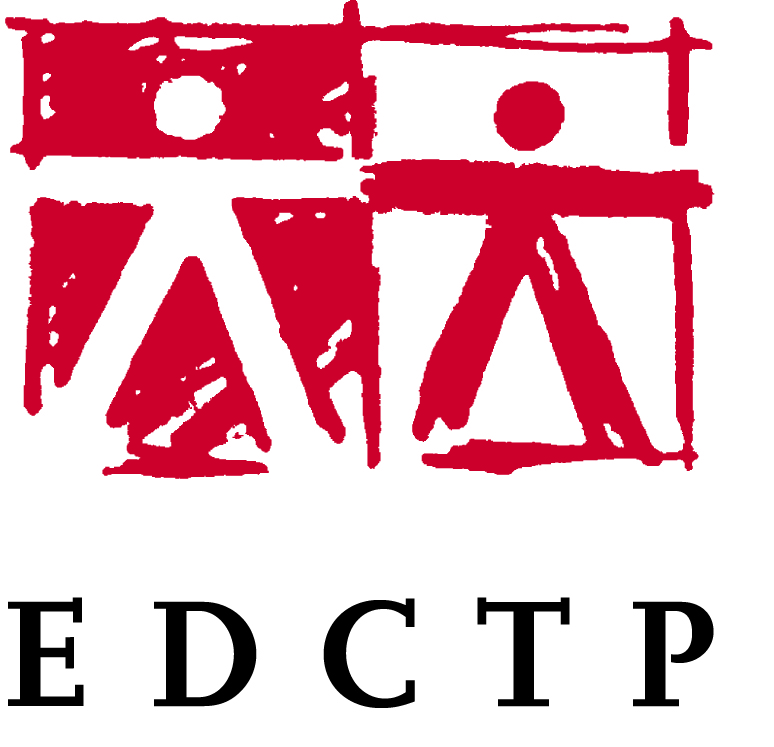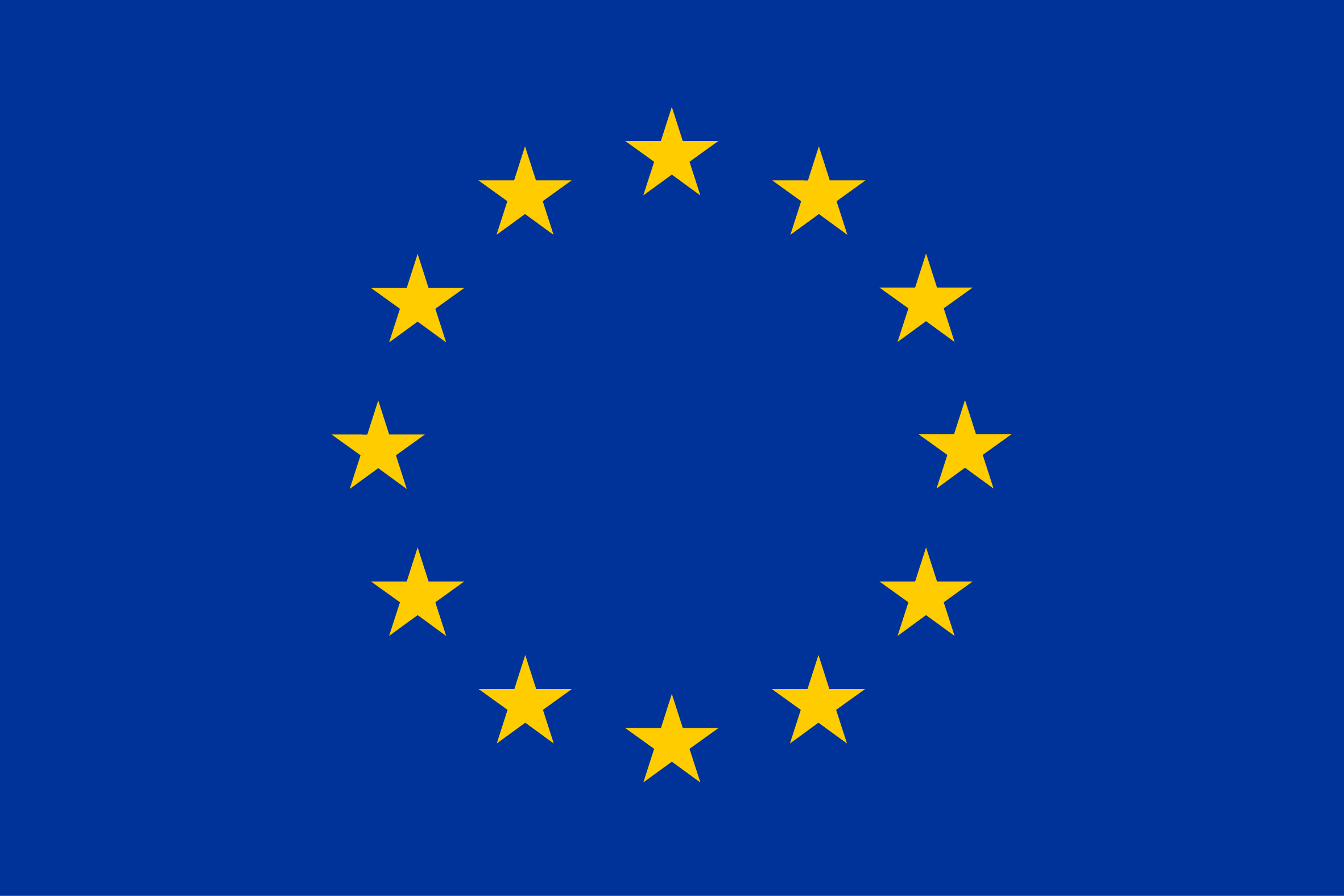The aim of the PEP4LEP study is to contribute to interrupting the transmission of M. leprae by identifying the most effective and feasible method of screening people at risk of developing leprosy and administering chemoprophylaxis in Ethiopia, Mozambique and Tanzania.
PEP4LEP: Chemoprophylaxis for leprosy: comparing the effectiveness and feasibility of a skin camp intervention to a health centre based intervention. An implementation trial in Mozambique, Ethiopia and Tanzania.
Project coordination
Partners
- Erasmus Universitair Medisch Centrum Rotterdam (Erasmus MC), Netherlands
- DAHW Deutsche Lepra- und Tuberkulosehilfe e. V., Germany
- Ministry of Health, Community Development, Gender, Elderly and Children - Tanzania, United Republic of Tanzania
- Catholic University of Health and Allied Sciences-Bugando (CUHAS), United Republic of Tanzania
- Ministerio da Saúde – Mozambique, Mozambique
- Universidade Lúrio, Mozambique
- Federal Democratic Republic of Ethiopia Ministry of Health (FMOH), Ethiopia
- Armauer Hansen Research Institute (AHRI), Ethiopia
Project summary
The aim of the implementation trial is to contribute to interrupting the transmission of M. leprae by identifying the most effective and feasible method of screening people at risk of developing leprosy and administering chemoprophylaxis in Ethiopia, Mozambique and Tanzania.
The primary objectives are: To compare the effectiveness of a skin camp prophylaxis intervention to a health centre-based prophylaxis intervention in terms of the rate of leprosy patients detected and delay in case detection. To compare the feasibility of the two chemoprophylaxis interventions in terms of cost effectiveness and acceptability.
The objectives will be achieved using a two-arm, clustered-randomized implementation trial design, comparing two interventions for screening of contacts of leprosy patients and distribution of single-dose rifampicin (SDR) as post exposure profylaxis (PEP).
One arm will be community based, using skin camps to screen around 100 contacts of leprosy patients and provide them with SDR when eligible. The other arm will be health centre-based, inviting household contacts to be screened and given SDR when eligible. Both interventions will use a common skin diseases approach; other dermatological (skin) diseases, such as common skin diseases and HIV/AIDS or neglected infectious diseases (NIDs) manifesting skin lesions, will also be diagnosed and treated. In this way, the project will contribute to health system strengthening in the area of diagnosis and treatment of dermatological conditions. A mobile phone application called SkinApp, which is developed by the NLR (Netherlands), will be available to help health workers in diagnostic and treatment plan decision making.
This study will translate a medical intervention of proven efficacy (single dose rifampicin, SDR) into routine care. Because of the feasibility component and the development of guidelines as part of the study, the results can be presented for uptake in national and international policies.
The project period is 52 months, of which three years include patient activities. The trageted sample size is 675 new leprosy patients and a total of around 30,000 contacts screened and potentially offered SDR.
Main funder
European & Developing Countries Clinical Trials Partnership
 |
Supported by the European Union
|

